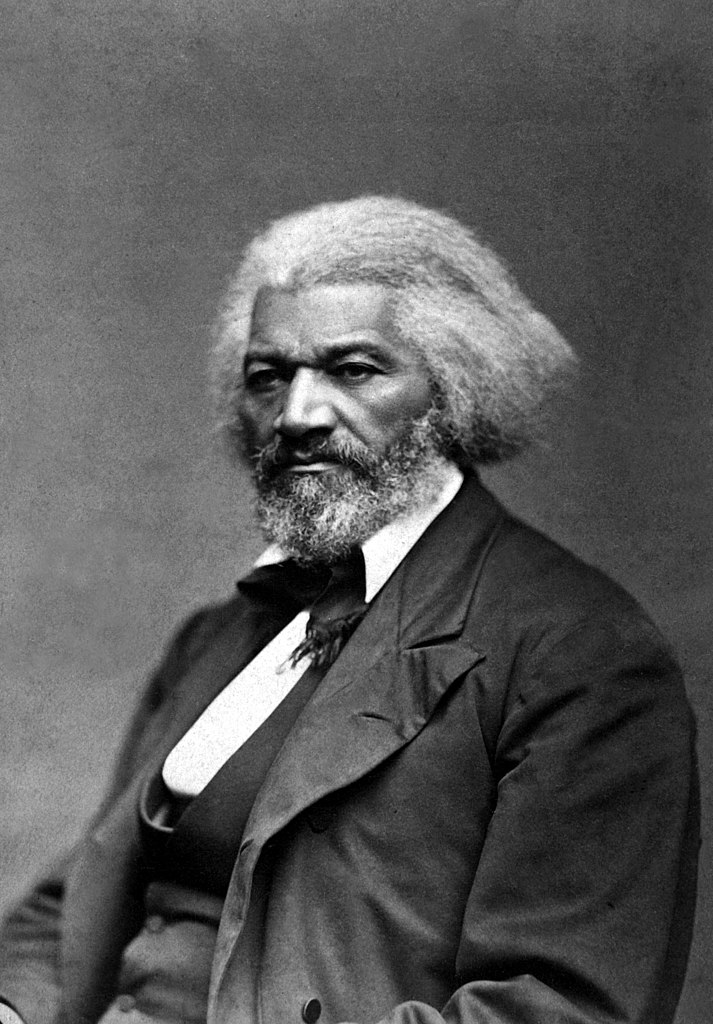
Today in Labor History February 7, 1817: Frederick Douglass was born on this date in Tuckahoe, Maryland. After escaping slavery, he became a national leader of the abolition movement. He also supported the women’s suffrage movement and ran for vice president as running mate to Victoria Woodhull on the Equal Rights Party ticket. In addition to being a brilliant orator, writer and social justice activist, Douglass was also the most photographed man of the 19th century. He sat for over 160 portraits, always taking a dignified pose. He considered photography a tool for creating a positive image of black men.
1910s
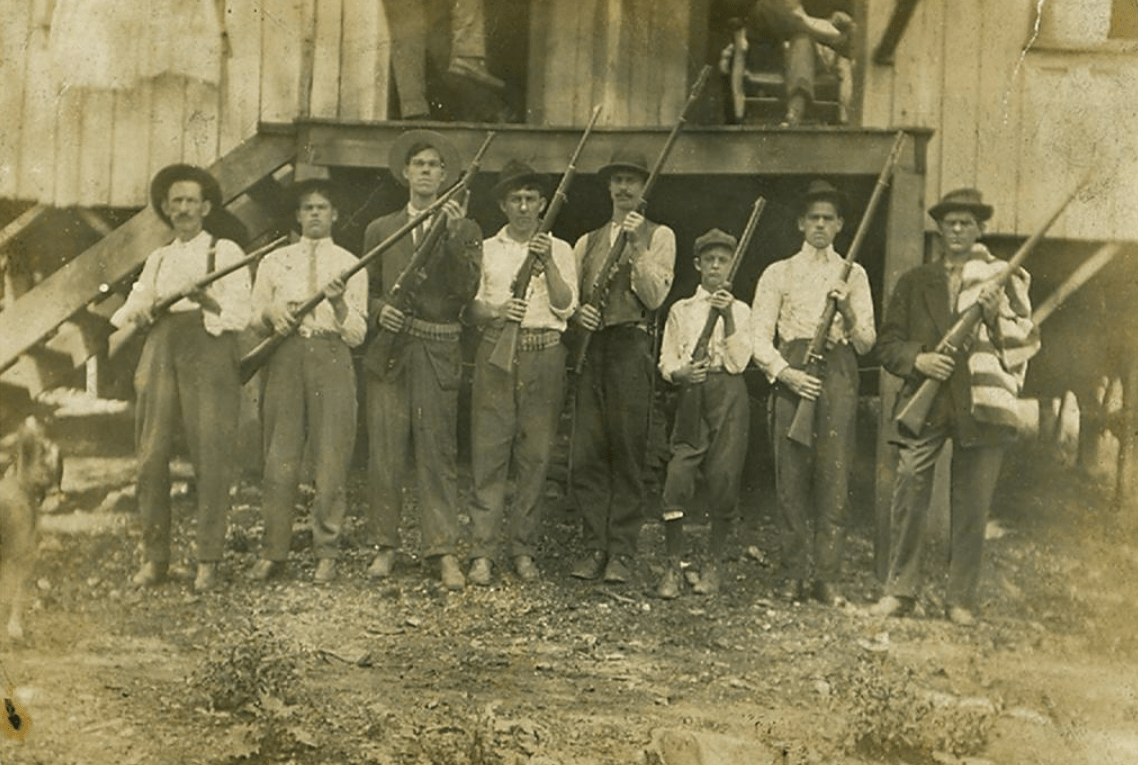
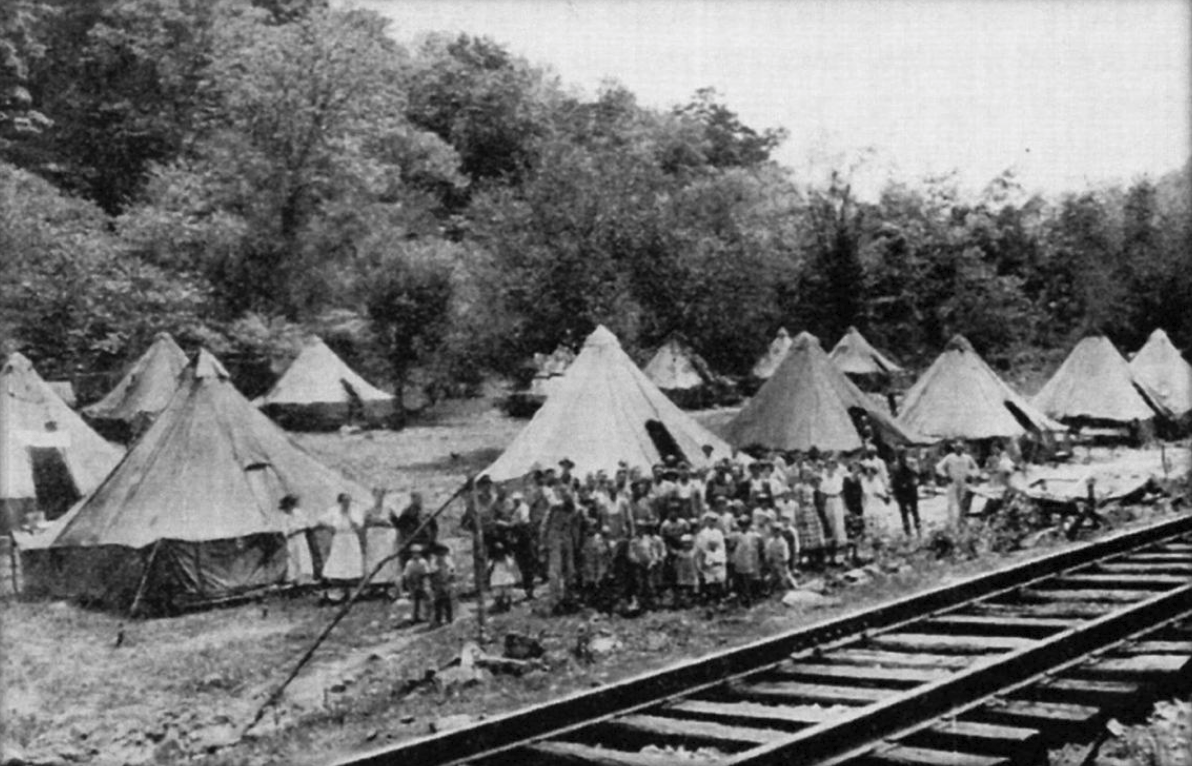
Today in Labor History February 7, 1913: A county sheriff and his deputies on the “Bull Moose Special” (an armored train fitted with machine guns), attacked a miners’ tent colony at Holly Grove, in West Virginia. This was during the Paint Creek-Cabin Creek Strike (4/18/1912 through July 1913). Mother Jones was one of the main organizers. Over 50 people died during the violent confrontations with scabs, goons and private detectives. Countless more died from starvation and malnutrition. In terms of casualties, it was one of the worst strikes in U.S. history. It was a prelude to the bigger and even more violent Battle of Matewan and Battle of Blair Mountain.
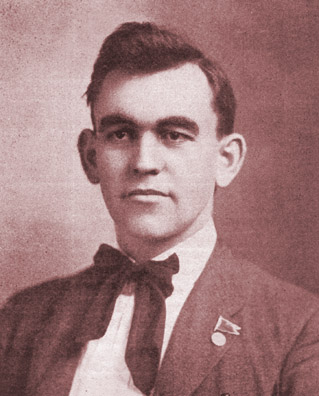
Today in Labor History February 7, 1917: A court wrongly convicted labor organizer Tom Mooney for the San Francisco Preparedness Day bombing in July 1916. The governor finally granted him an unconditional pardon after 22.5 years of incarceration.
1920s
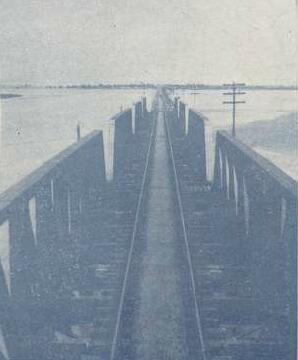
Today in Labor History February 7, 1923: Soldiers shot striking workers on the Peking-Hankow railroad in China. The Federation of Workers’ Unions of the Beijing–Hankou Railway held a ceremony on February 1, 1923 to launch their new federation. Warlord Wu Peifu sent his military police to sabotage the meeting. The Federation launched a strike on February 7 in protest. Again, Wu Peifu sent his troops to attack the Workers’ Union. They arrested the union’s chief, Lin Xiangqian, and executed him. They also violently suppressed workers’ movements in Changxindian, Zhengzhou, Baoding, and Gaobeidian.
Pingback: Today in Labor History February 14 - Michael Dunn